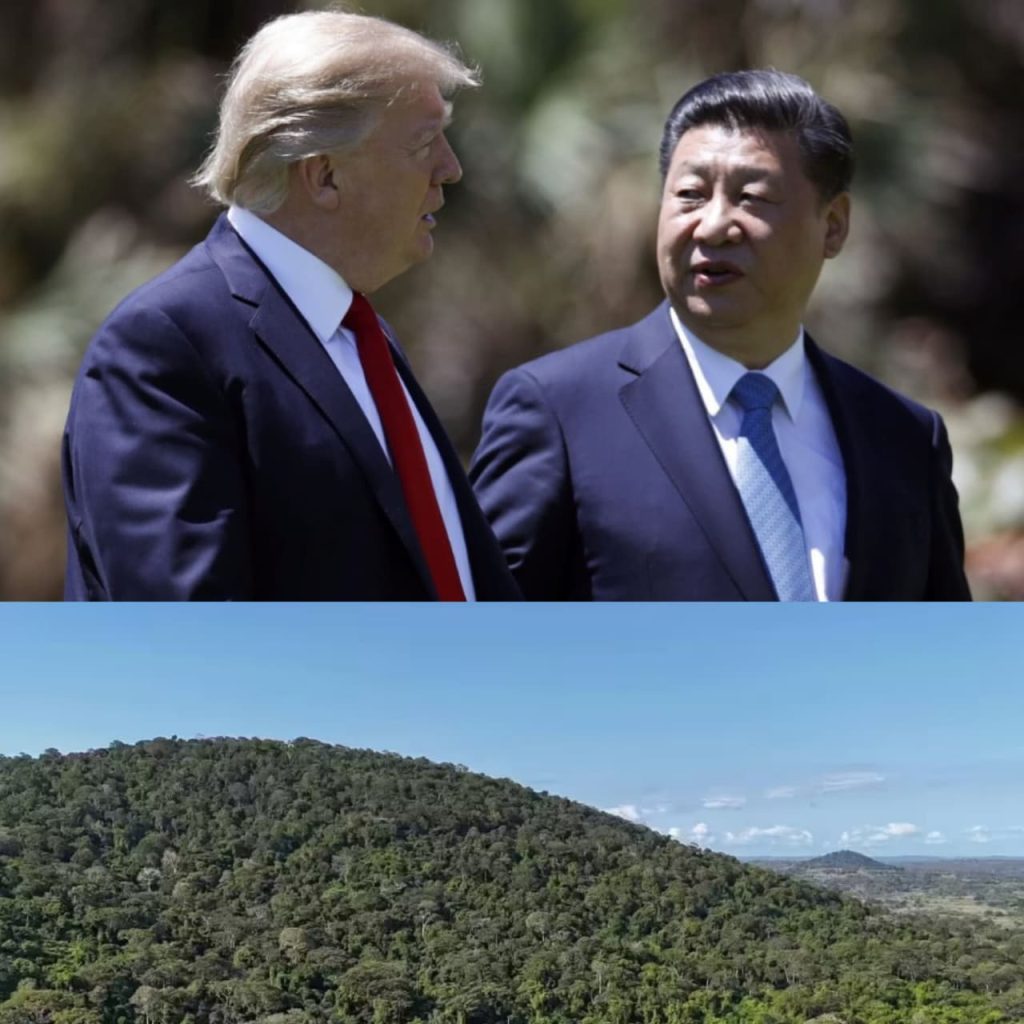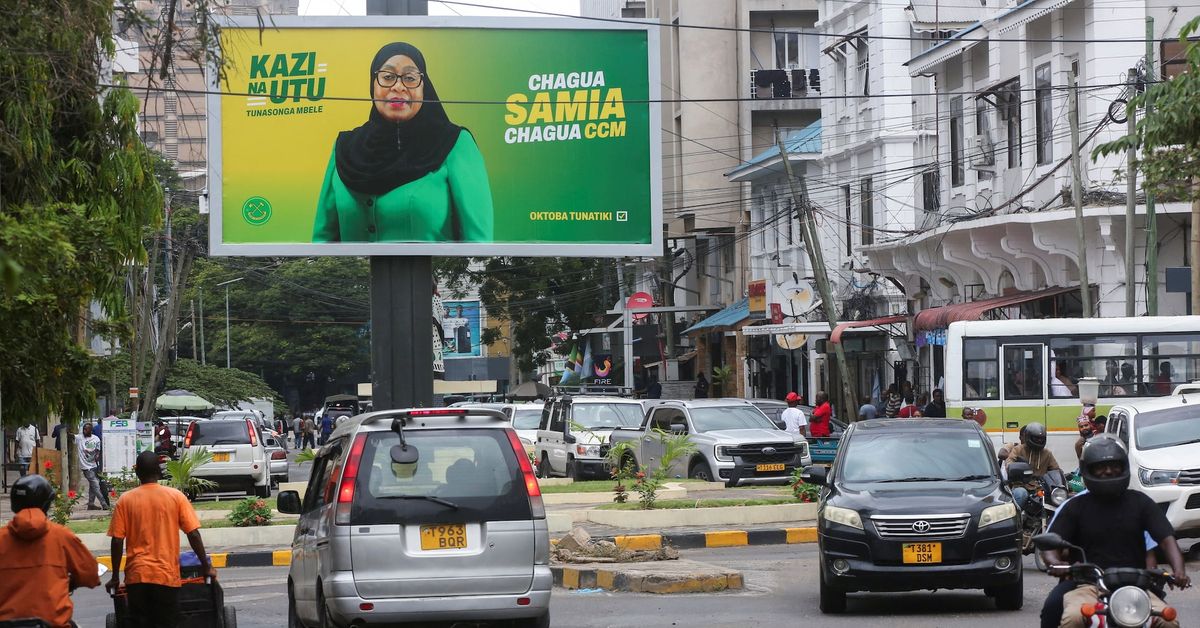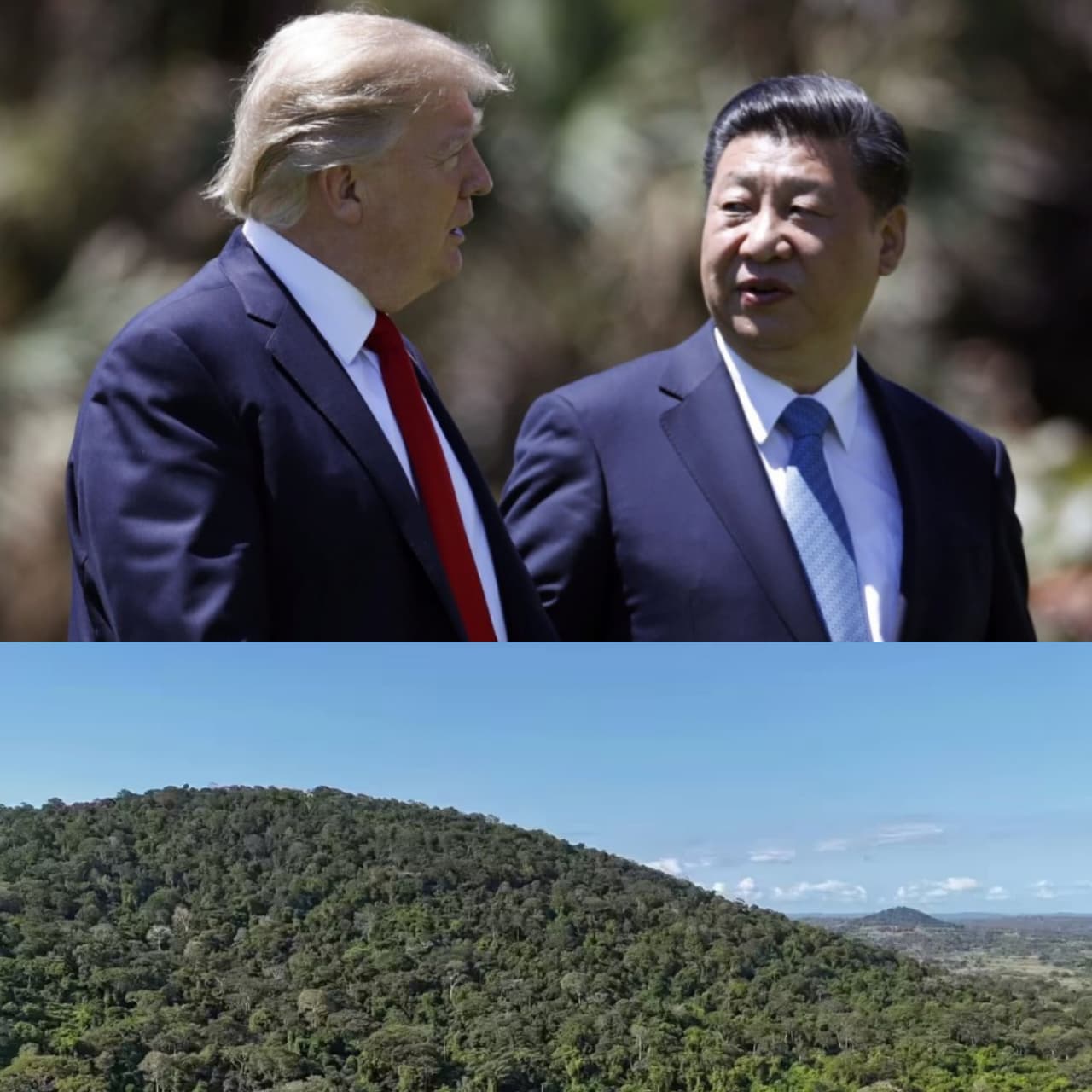Why China and the U.S. Are competing for Kenya’s Mrima Forest

Tucked along Kenya’s Indian Ocean coastline, the 390-acre Mrima Forest has become the center of a growing global tug-of-war between China and the United States. Beneath its sacred soil lie vast deposits of rare earth minerals, elements essential to manufacturing electric vehicles, wind turbines, smartphones, and military technology. Both superpowers see the forest as a gateway to securing dominance in the high-tech and clean energy industries.
Why Are Global Powers Interested in Mrima Forest?
Rare earths are critical for producing magnets and batteries used in low-carbon and high-tech products. China already leads in global rare earth production, while the U.S. is working to reduce its dependence on Chinese supply. For both nations, Kenya’s Mrima Hill represents not only economic opportunity but also geopolitical leverage in the global clean energy race.
The competition is intensifying as a consortium of Australian mining companies has already shown interest in mining the area. Residents from nearby Digo villages now fear eviction as land speculators move in. For the Digo community, Mrima is more than a resource deposit; it hosts sacred shrines that have been part of their cultural and spiritual identity for generations.
The community’s fears are not unfounded. The hill has been at the heart of multiple court battles since 2013, when the government revoked a local firm’s mining license over environmental and licensing irregularities. The company later claimed the decision was punishment for refusing to pay a bribe to a senior official, an allegation the former Cabinet Secretary denied.
Can Kenya Protect Mrima’s Heritage While Tapping Its Wealth?
In 2019, Kenya temporarily suspended the issuance of new mining licenses due to concerns over corruption and environmental impacts. Reforms introduced in early 2025 have since reopened the sector, offering tax incentives and increased transparency to attract investors. The goal is to grow the mining sector’s contribution from 0.8 percent to 10 percent of GDP by 2030.
The renewed interest provides China with an opportunity to deepen its diplomatic and economic presence in Kenya. Meanwhile, the U.S. continues to pursue critical mineral partnerships across Africa, including through peace initiatives such as its 2025 deal in the Democratic Republic of Congo.
For Kenya, the challenge lies in balancing economic ambition with environmental and social responsibility. Properly managed, Mrima Hill could position the country as a major global supplier of rare earth elements, generating jobs and infrastructure growth. But without strict environmental protection, transparent contracts, and fair compensation for local communities, it risks becoming another cautionary tale of resource exploitation.
By Lucky Anyanje










